Table of content
- Prepping the Peas
- Preparing the Aromatics
- Heating the Wok
- Sautéing the Aromatics
- Adding the Peas
- Adjusting the Heat
- Seasoning to Taste
- Finishing Touches
- Overcooking the Peas
- Overcrowding the Pan
- Underseasoning
- Skipping the Ice Bath
- Spicy Sichuan-Style Peas
- Garlic Butter Peas
- Pea and Shrimp Stir-Fry
- Vegan-Friendly Peas with Cashews
Stir-fried peas, a dish that seems deceptively simple, holds within its vibrant green folds a world of culinary potential. Often underestimated, this humble vegetable can transform into a star player on your dining table when cooked with precision and care. Whether you’re a seasoned home chef or a novice in the kitchen, mastering the technique of stir-frying peas can elevate your meals, adding a burst of color, texture, and flavor to any spread. This article delves into the nuances of creating the ultimate stir-fried peas—crisp, tender, and bursting with savory-sweet harmony.
The Humble Pea: A Nutritional Powerhouse
Before diving into the cooking process, it’s worth acknowledging why peas deserve a spot in your recipe repertoire. Packed with vitamins A, C, and K, as well as fiber and protein, peas are a low-calorie, nutrient-dense addition to any meal. Their natural sweetness, when properly cooked, balances the umami-rich flavors of soy sauce, garlic, or ginger, creating a dish that’s both wholesome and indulgent.
Selecting the Perfect Peas
The foundation of a great stir-fry begins with selecting the right ingredients. When it comes to peas, freshness is non-negotiable. Opt for fresh, plump pods that snap crisply when bent. Avoid those with limp or yellowing pods, as they indicate age or improper storage. If fresh peas are unavailable, frozen peas can serve as a reliable alternative—just ensure they’re thawed and patted dry before cooking to prevent excess moisture from steaming the dish.
Essential Tools for Stir-Frying
Stir-frying is a high-heat, quick-cooking method that requires the right tools to succeed. A wok is ideal due to its sloped sides, which allow for efficient tossing and even heat distribution. However, a large skillet with high sides can also work in a pinch. A sturdy spatula or tongs, preferably metal, will help you maneuver the peas without damaging their delicate structure.
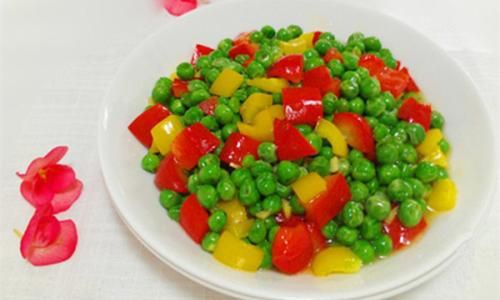
The Flavor Trinity: Aromatics and Seasonings
The magic of stir-fried peas lies in the interplay of aromatics and seasonings. Garlic, ginger, and shallots form the flavor base, infusing the dish with depth. For a hint of heat, consider adding a slivered chili pepper or a pinch of red pepper flakes. Soy sauce, oyster sauce, or a touch of hoisin sauce can add savory complexity, while a drizzle of sesame oil at the end imparts a nutty finish.
Step-by-Step Guide to Stir-Fried Peas Perfection
Prepping the Peas
Start by shelling fresh peas. This can be time-consuming, but the effort pays off in texture and flavor. If using frozen peas, spread them on a kitchen towel to absorb excess moisture. For added crunch, blanch the peas in boiling water for 1–2 minutes, then shock them in ice water to halt cooking. This step, though optional, ensures vibrant color and tender-crisp results.
Preparing the Aromatics
Mince garlic and ginger finely to ensure they meld seamlessly into the dish. Slice shallots or onions into thin half-moons. If using chili, remove the seeds for mild heat or leave them in for intensity.
Heating the Wok
Place your wok or skillet over high heat. Allow it to smoke lightly before adding oil—this ensures the pan is hot enough to sear the peas without steaming them. A neutral oil like vegetable or canola works best, as it withstands high temperatures without burning.
Sautéing the Aromatics
Add the oil to the hot wok, followed by the aromatics. Stir-fry for 30 seconds to 1 minute until fragrant but not browned. Overcooking aromatics can introduce bitterness, so keep a close eye.
Adding the Peas
Toss the peas into the wok, stirring vigorously to coat them in the aromatic-infused oil. Spread them into a single layer to ensure even cooking. Let them sit undisturbed for 30 seconds to develop a slight char, then toss again.
Adjusting the Heat
If the pan becomes too hot, reduce the heat slightly to prevent scorching. The goal is to cook the peas quickly while retaining their bright green hue and crisp texture.
Seasoning to Taste
Add a splash of soy sauce, a drizzle of oyster sauce, or a sprinkle of salt and pepper. Toss gently to distribute the seasonings without bruising the peas. For a touch of sweetness, a pinch of sugar or a drizzle of honey can balance the flavors.
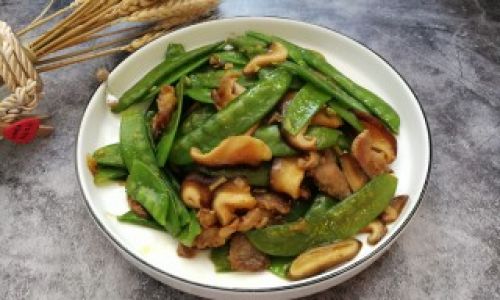
Finishing Touches
Just before removing the peas from the heat, add a final flourish. A sprinkle of toasted sesame seeds, a handful of chopped cilantro, or a squeeze of lime juice can elevate the dish. For a creamy richness, swirl in a knob of butter or a spoonful of coconut milk.
Common Pitfalls and How to Avoid Them
Overcooking the Peas
Mushy, gray peas are the bane of stir-fries. To avoid this, cook them over high heat and test for doneness by tasting a pea—it should be tender yet retain a slight resistance when bitten.
Overcrowding the Pan
A crowded wok leads to steaming instead of searing. Cook in batches if necessary, ensuring each pea has contact with the hot surface.
Underseasoning
Peas have a mild flavor that benefits from bold seasoning. Don’t shy away from adding enough aromatics or sauces to create depth.
Skipping the Ice Bath
Blanching and shocking peas may seem fussy, but it locks in their color and texture. Skip this step only if you’re using frozen peas.
Creative Variations to Explore
Spicy Sichuan-Style Peas
Add doubanjiang (fermented chili bean paste) and Sichuan peppercorns for a numbing, spicy kick. Garnish with chopped peanuts and fresh cilantro.
Garlic Butter Peas
Replace soy sauce with butter and double the garlic. Finish with a squeeze of lemon and a handful of grated Parmesan for an Italian twist.
Pea and Shrimp Stir-Fry
Sauté shrimp separately, then toss with peas during the final minute of cooking. Add a splash of Shaoxing wine for complexity.
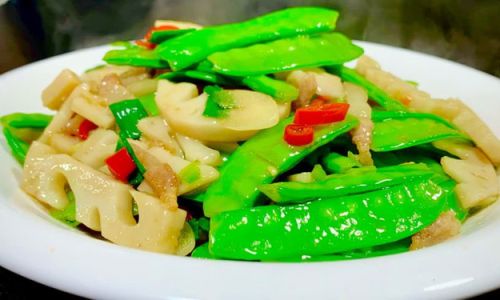
Vegan-Friendly Peas with Cashews
Toast cashews until golden and stir them into the peas with a drizzle of maple syrup and a splash of tamari.
Pairing Suggestions
Stir-fried peas are incredibly versatile. Serve them alongside grilled meats, fried rice, or noodles. They also shine as a standalone dish when paired with a soft-boiled egg or a side of steamed jasmine rice. For a lighter meal, toss them with quinoa or couscous and a handful of fresh herbs.
The Science Behind Stir-Frying
Stir-frying is as much a science as it is an art. The high heat (typically between 350°F and 400°F) caramelizes the natural sugars in the peas, creating a Maillard reaction that deepens flavor. The quick cooking time preserves nutrients and vibrant color, while the constant stirring ensures even heat distribution.
Troubleshooting Guide
| Issue | Solution |
|---|---|
| Peas are too crunchy | Cook for an additional 1–2 minutes. |
| Peas are watery | Ensure peas are thoroughly dried before cooking. |
| Lack of flavor | Increase aromatics or add a splash of soy sauce. |
| Burnt aromatics | Lower the heat and stir more frequently. |
Cultural Significance of Stir-Fried Peas
In Chinese cuisine, stir-fried peas often symbolize prosperity and renewal, making them a staple during festivals and family gatherings. In Western kitchens, they’re embraced for their versatility, appearing in everything from creamy risottos to crunchy salads.
Sustainability Tip: Growing Peas at Home
Peas are easy to grow in home gardens or even pots. They fix nitrogen in the soil, making them excellent companions for other vegetables. Fresh peas straight from the vine require minimal cooking and offer unparalleled sweetness.
Conclusion
Stir-fried peas are a testament to the beauty of simplicity. With attention to detail—from selecting the freshest ingredients to mastering the dance of the wok—you can turn this unassuming vegetable into a dish that delights the senses. Whether you prefer them spicy, buttery, or vibrant with herbs, the key lies in balancing heat, seasoning, and technique. So next time you’re at the market, grab a handful of peas and let your wok work its magic. Your taste buds (and your dinner guests) will thank you.
Final Tip: Practice makes perfect. Don’t be discouraged if your first attempt isn’t flawless. With each stir-fry, you’ll refine your technique, learning to listen to the sizzle of the wok and the subtle cues of the peas. Soon, you’ll be creating stir-fried peas that are not just cooked—but celebrated.
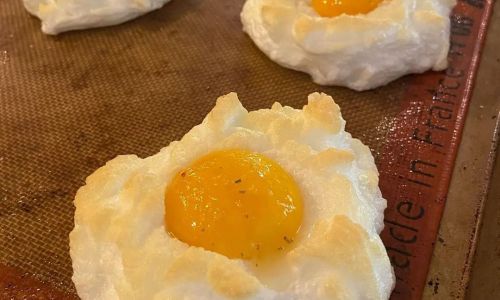
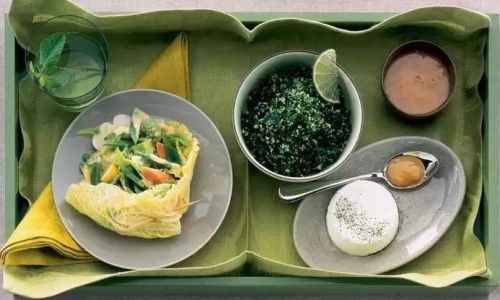
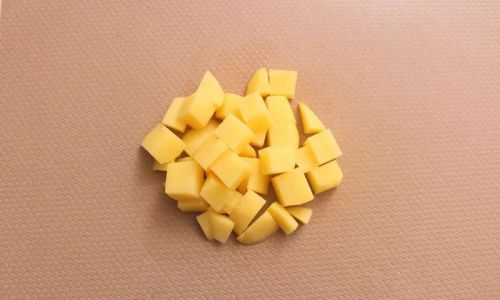



0 comments